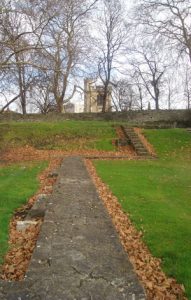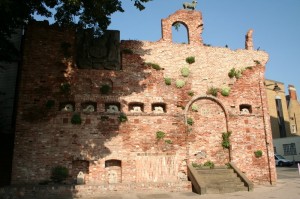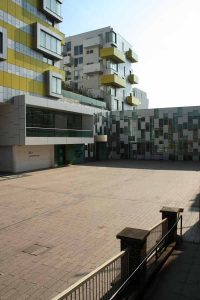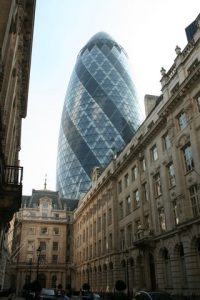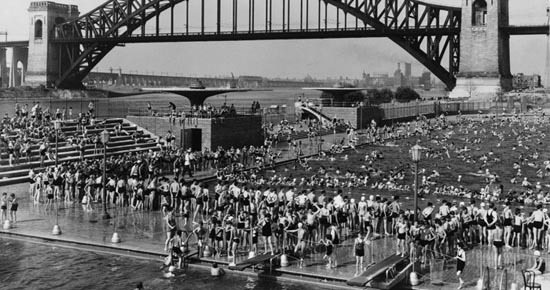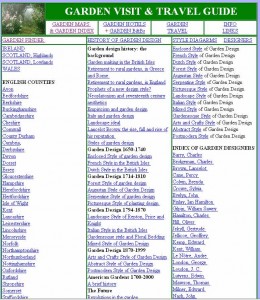 Gardenvisit.com was launched in October 1998. So now we are ten! Unlike many ‘Dotcom Frenzy’ websites, the aim was not gold. Feeling a little smug about having the text of my 1986 book on English Garden Design since 1650 as a computer file (rolled on from BBC format to MSDOS), I wanted to do something with it.
Gardenvisit.com was launched in October 1998. So now we are ten! Unlike many ‘Dotcom Frenzy’ websites, the aim was not gold. Feeling a little smug about having the text of my 1986 book on English Garden Design since 1650 as a computer file (rolled on from BBC format to MSDOS), I wanted to do something with it.
Like Ted Nelson, I was attracted to the idea of a hypertext publication in which readers could chart their own routes. This was done by putting in hyperlinks from the 1986 text to pages about specific gardens and biographies of designers, painters, patrons etc. Another aim, still only partially achieved, was to bring together the histories and theories of garden design and landscape architecture.
The first book I wrote was about both these subjects. But when the publisher dropped out I could not find a replacement. Other potential publishers told me that it should be two books and this is what it eventually became: one on English garden design since 1650 and the other on Landscape Planning and Environmental Impact Design. Both are now available on the Gardenvisit.com website, together with about 25 other online eBooks. I continue to edit content for Gardenvisit.com, no longer as owner-manager, and other topics have sprung from the original content: Garden Tours and Garden Design/Products. They are linked by a concern for Context-sensitive Design, which has become a main theme of this Blog. ‘What know they of England who only England know?’, asked Kipling (see Sukh Mahal). Travel induces a love of places, a context-sensitive design approach – and a need to visit ever more gardens!
Having been too serious for a birthday, here is my Grandad’s favourite garden joke:
Vicar, looking over a hedge: “Ah. What a wonderful job you and God have made of the front garden”
Parishioner: “Ah. You should’ve just seen it when God had it to ‘imself”

